FAQs
Eagle Siding, Inc
Have a home improvement-related question? We have the answer. Check out these FAQs and give us a call today for more information!
What types of roofing are available?
- Asphalt Shingles: Available in both organic and fiberglass materials, asphalt shingles come in a variety of styles and colors. Roofing contractors often recommend them for their affordability and ease of installation.
- Metal: A corrosion-resistant option with a wide range of color choices. Many roofing contractors suggest metal roofing for its durability and energy efficiency.
- Wood Shakes: Known for their natural, warm appearance, wood shakes can enhance your home's curb appeal. Be sure to work with roofing contractors who use only fire-resistant rated products to help increase safety.
How long should a roof last?
Like any building component, roofs wear out at different rates based on several factors, including the quality of the original construction, the amount of wear and tear, the level of maintenance, and the appropriateness of the design. So, how long should a roof last? According to our experience, poorly designed and installed roofs can begin to fail in as little as six or seven years. On the other hand, we've seen well-maintained coal tar built-up roofs last more than 60 years. Working with knowledgeable roofing and siding contractors can help extend your roof’s life by making sure it’s properly designed, installed, and maintained.
Are samples available for your products?
Our sales consultant can bring product samples to your home and help you decide which roofing style is best suited for your property. Our experienced roofers are available to answer any questions and provide guidance based on your home's specific needs. You can also visit our showroom to view examples in person.
What types of siding are available?
At Eagle Siding, Inc, our siding contractors offer options in engineered wood, fiber cement, vinyl, and steel.
Will new siding increase my home's value?
According to Credit Karma, installing new vinyl siding can increase your home’s value by approximately $15,490. This estimate assumes about 1,250 square feet of new siding and reflects a 95% return on investment. Working with experienced siding contractors helps make sure the installation is done correctly, maximizing both curb appeal and long-term value.
How should I prepare for the installation of my new siding?
Make sure to clear your driveway and remove any items directly surrounding your home. Also, please confirm that electrical power is available on the exterior of your home. If there are no outdoor outlets, run an extension cord through a window or door. Taking these steps helps roofing and siding contractors work efficiently and safely during your project.
What kind of maintenance do I need to do with my deck?
This will depend on the type of material used. In our experience, wood typically needs to be sealed, stained, or painted every two to three years. Composite products require regular cleaning to prevent dirt buildup. Skilled deck builders can help you choose the right materials and maintenance plan to keep your deck looking great for years to come.
What are my options for deck railing?
There are tremendous options to choose from, and selecting the right products is the perfect way to complete the look of your new deck. Wood, composite, glass, wrought iron, and cabling are just a few of the materials to consider. Experienced deck contractors can help you weigh the pros and cons of each option to match your style, budget, and maintenance preferences.
What are my trim and accent options?
We offer the widest variety of trim pieces in the industry, ranging from functional utility trims to bold, decorative options — all customized for your project. Our experienced siding contractors can help you choose the right trim to complement your home's exterior and enhance its overall appearance.
Why are warranties important?
A new roof is a significant investment, typically involving thousands of your hard-earned dollars and lasting 25, 30, 40 years, or more, according to our experience. As with any major investment, knowing in advance what your warranty covers could save you thousands in the event that problems arise with your roof. Working with reliable roofing contractors can help ensure that you're fully informed about your warranty and what it protects.



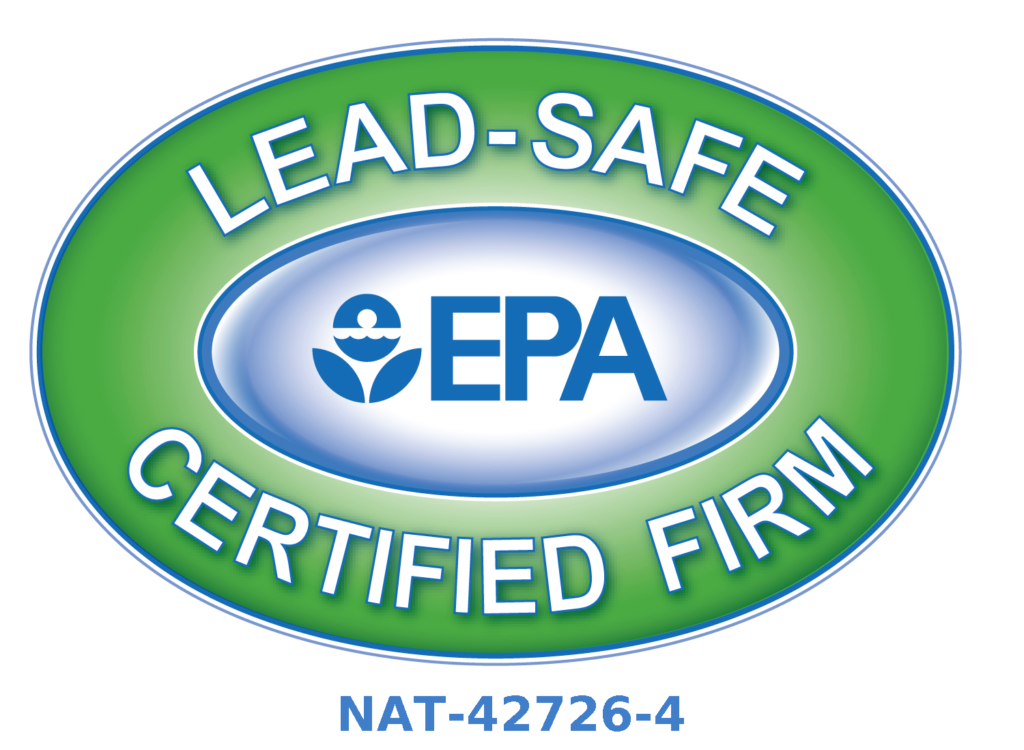
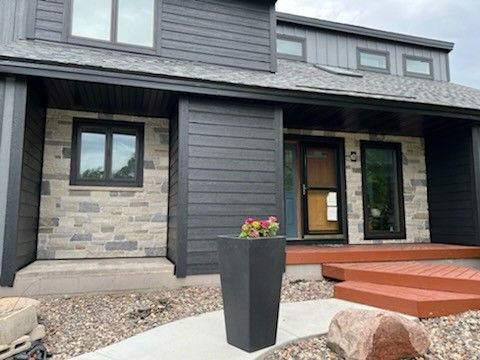
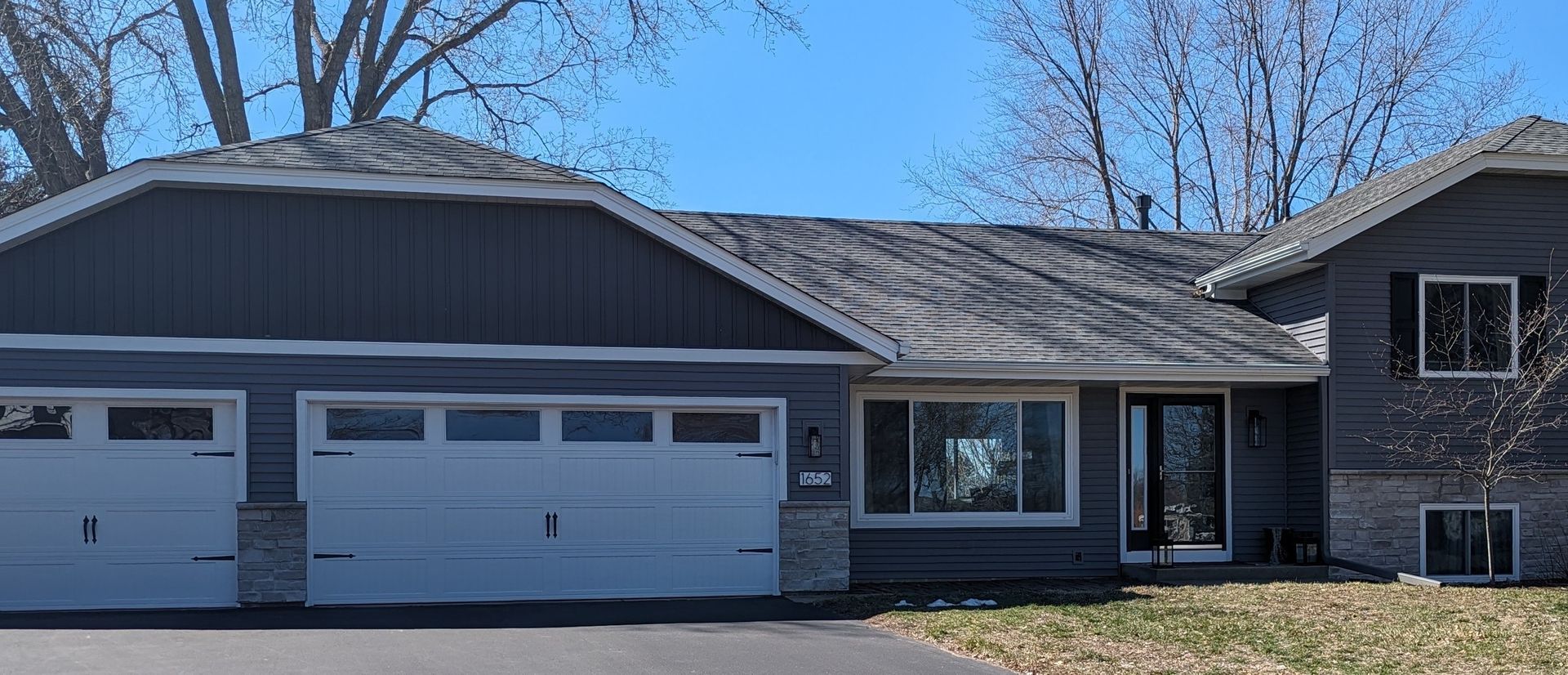
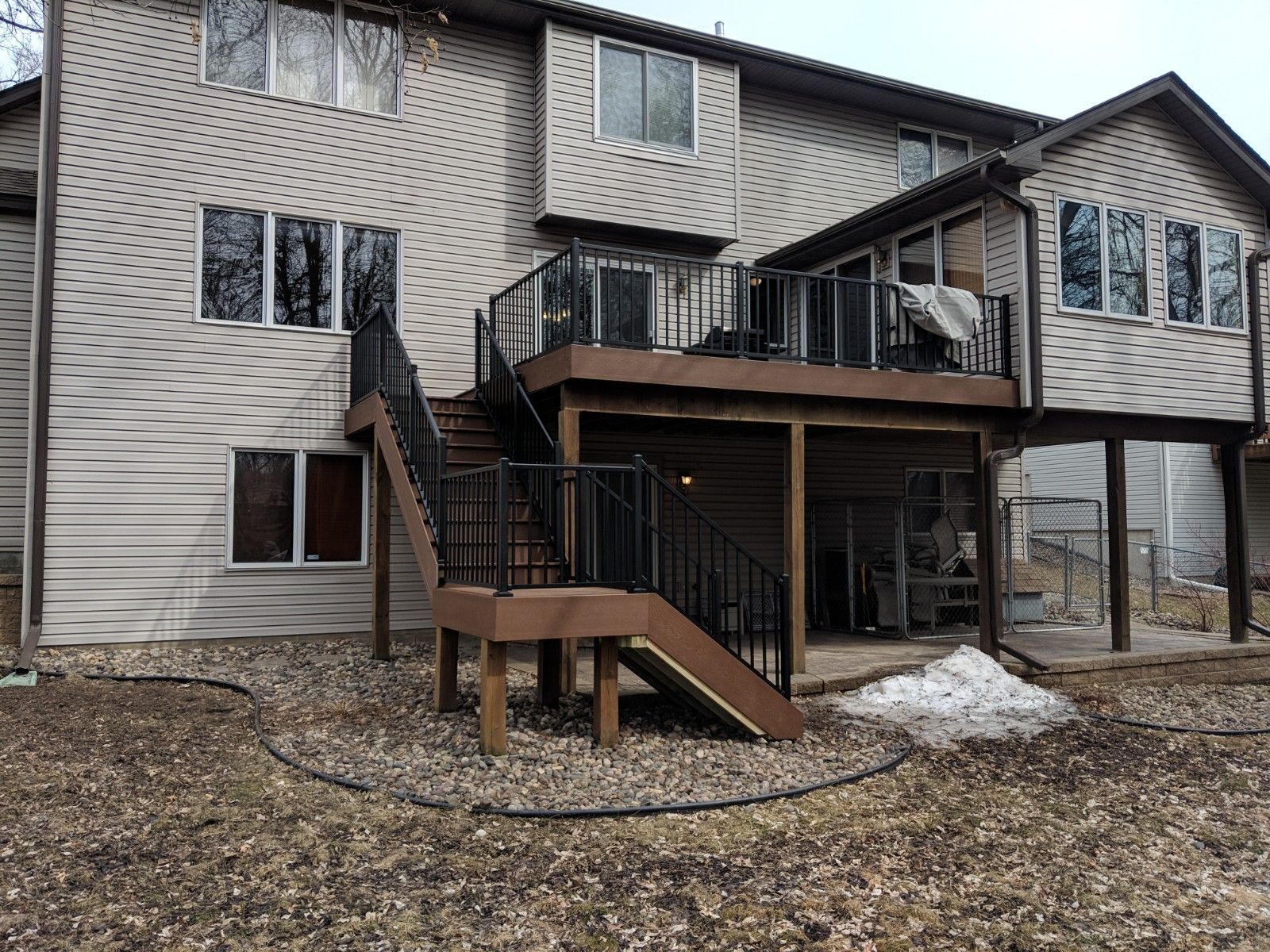
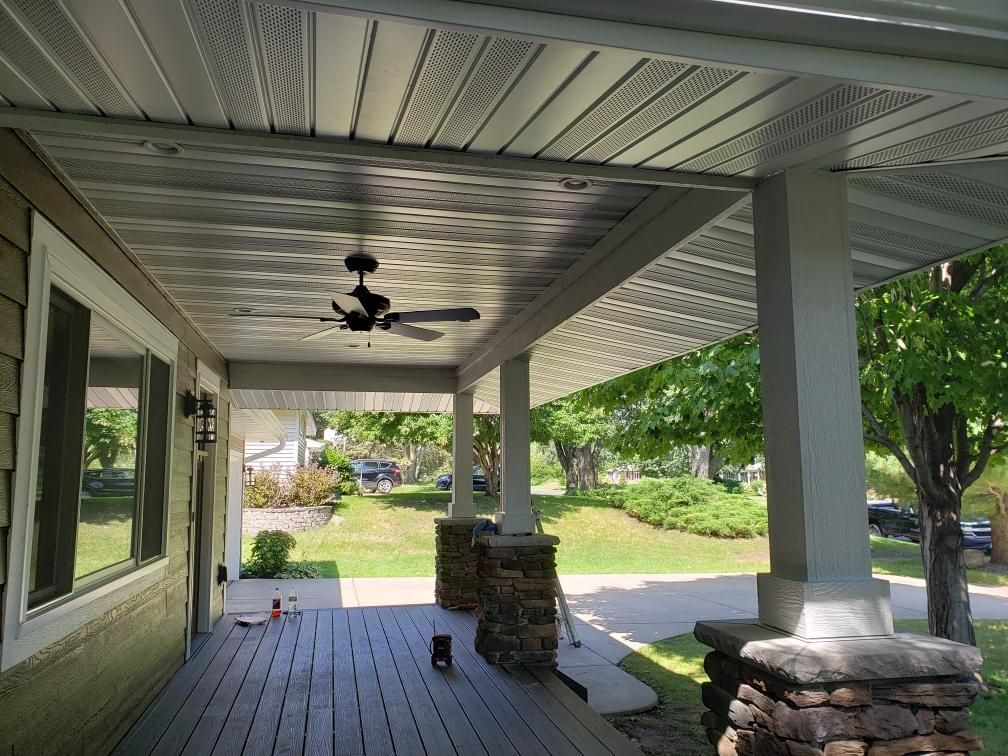
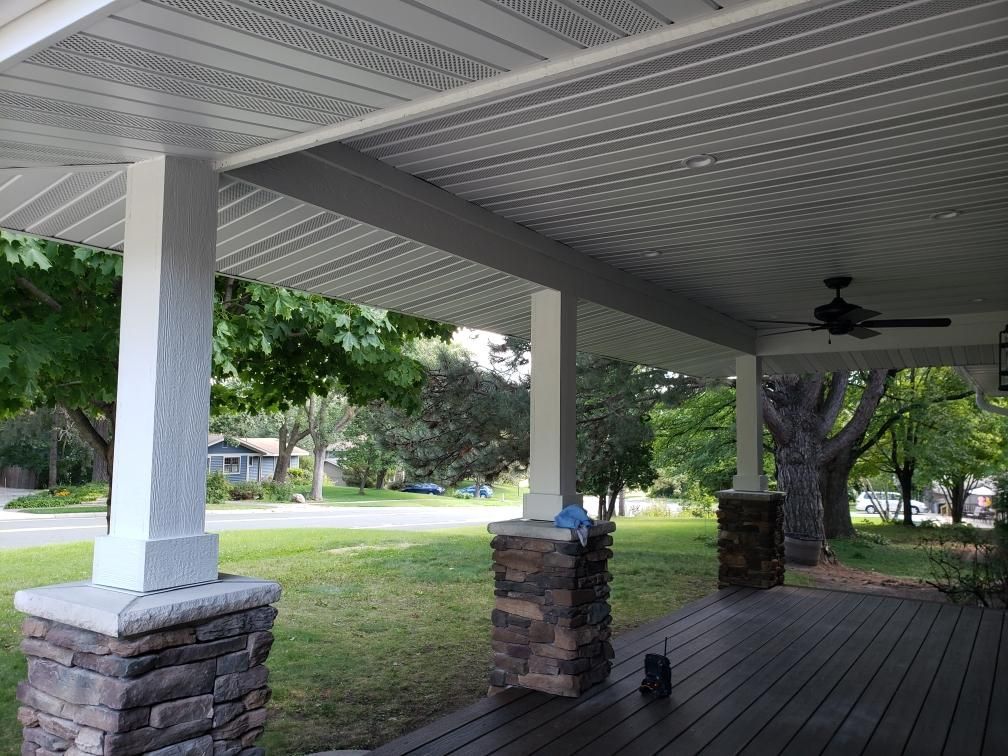
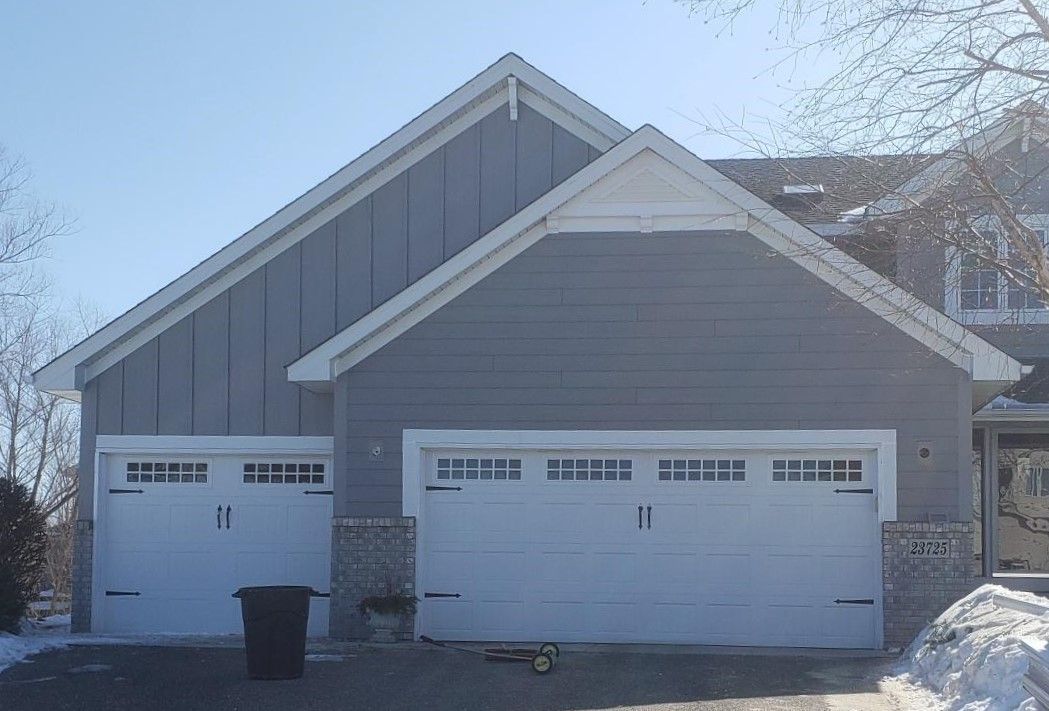
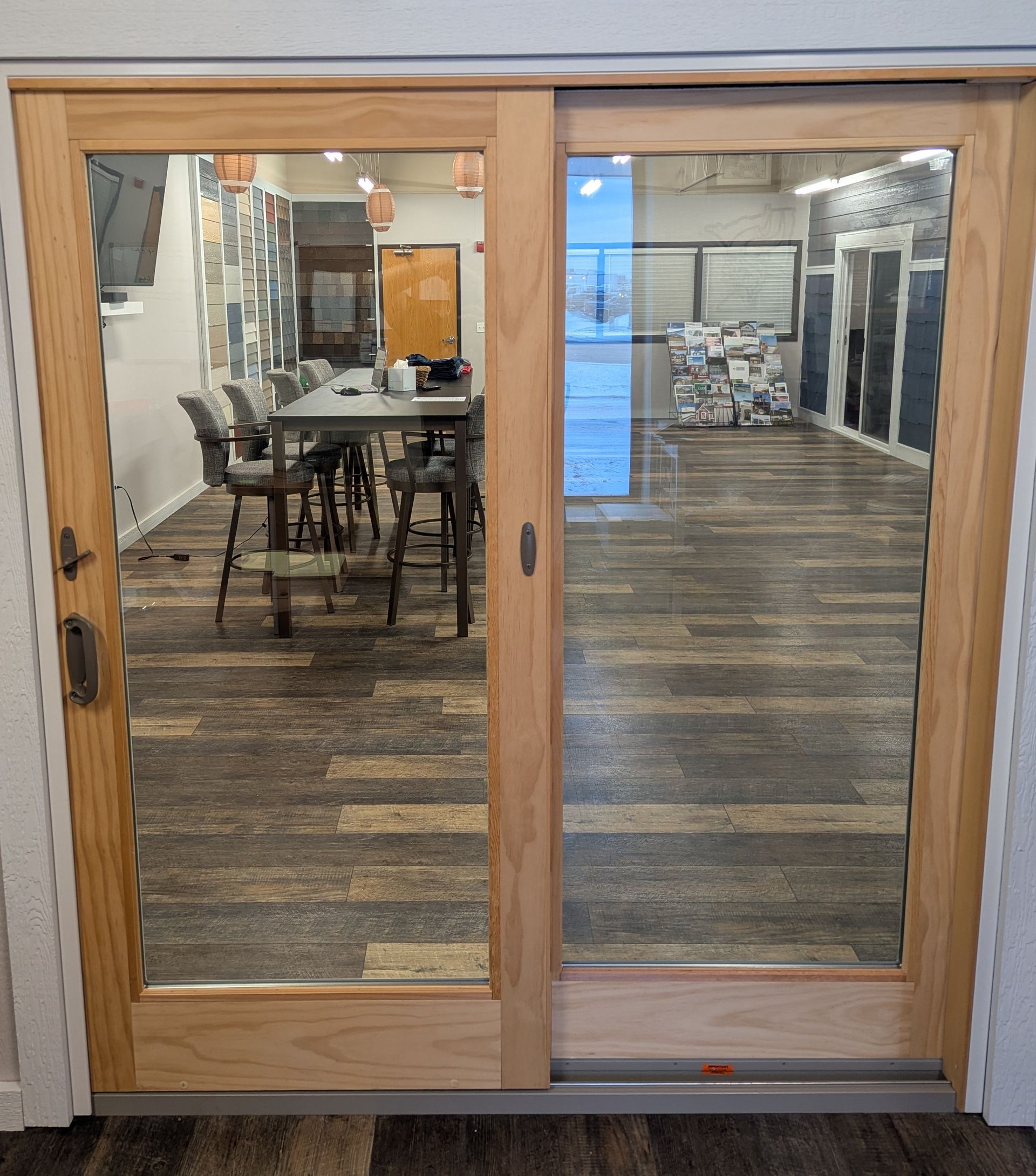
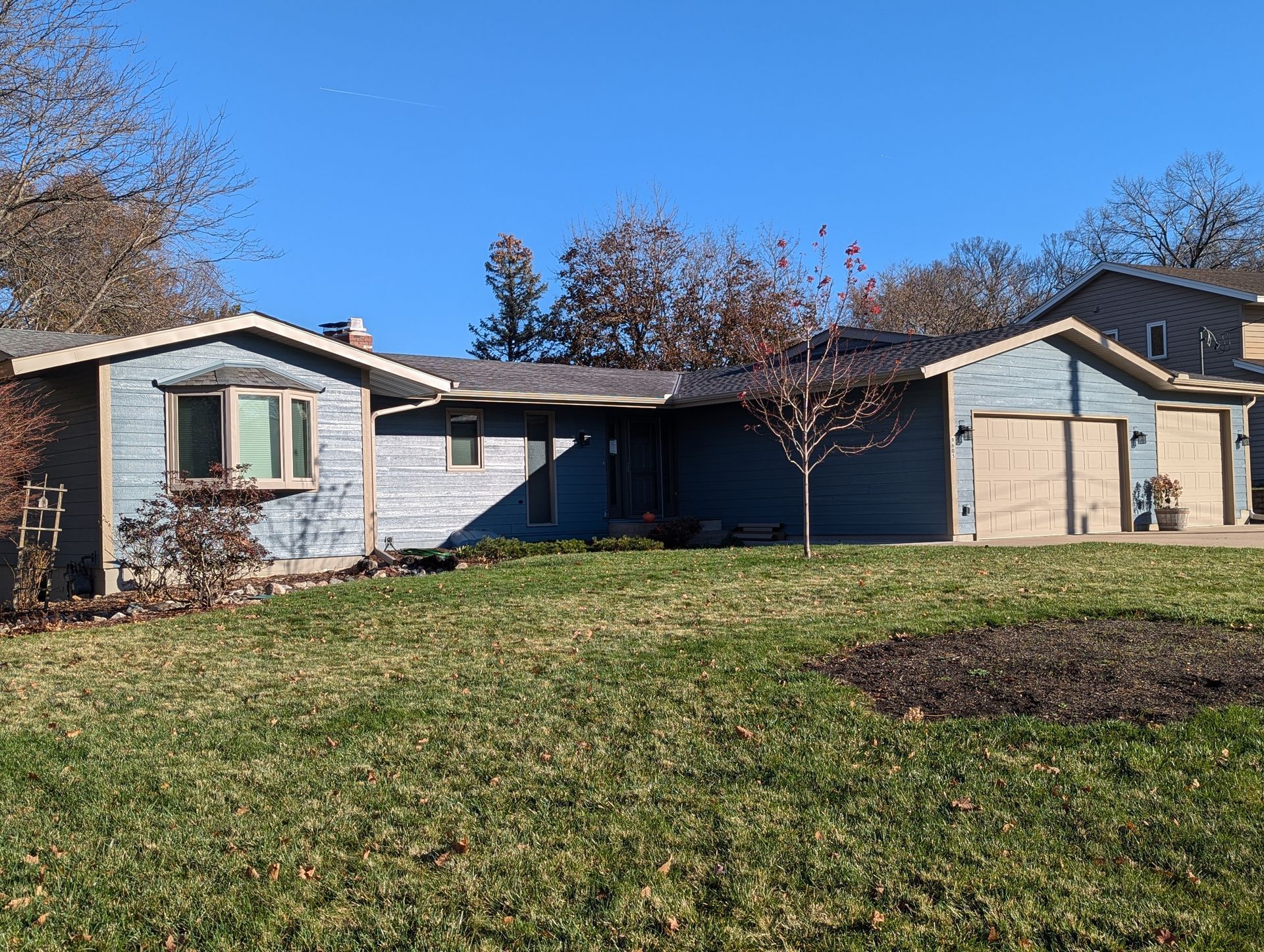
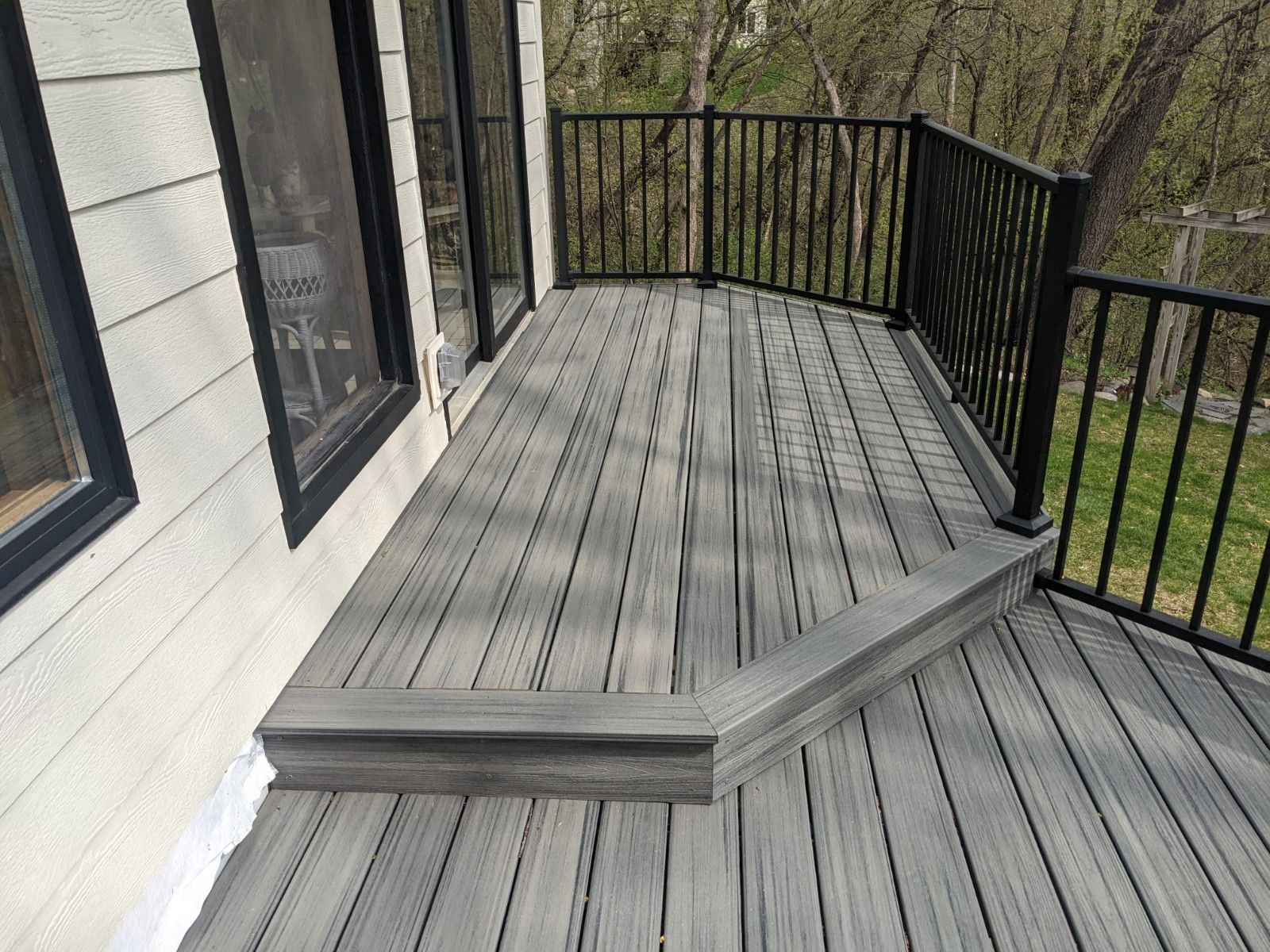
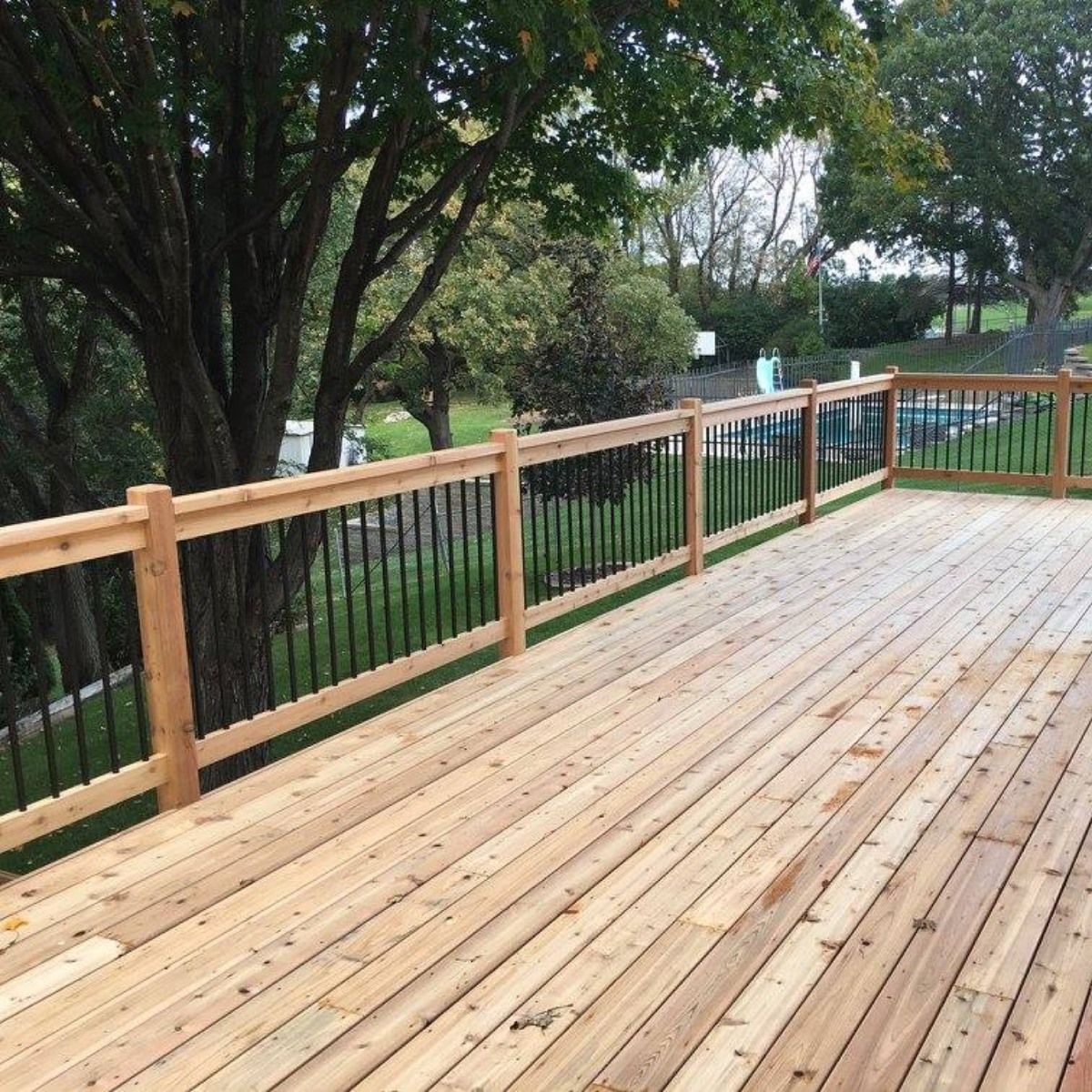
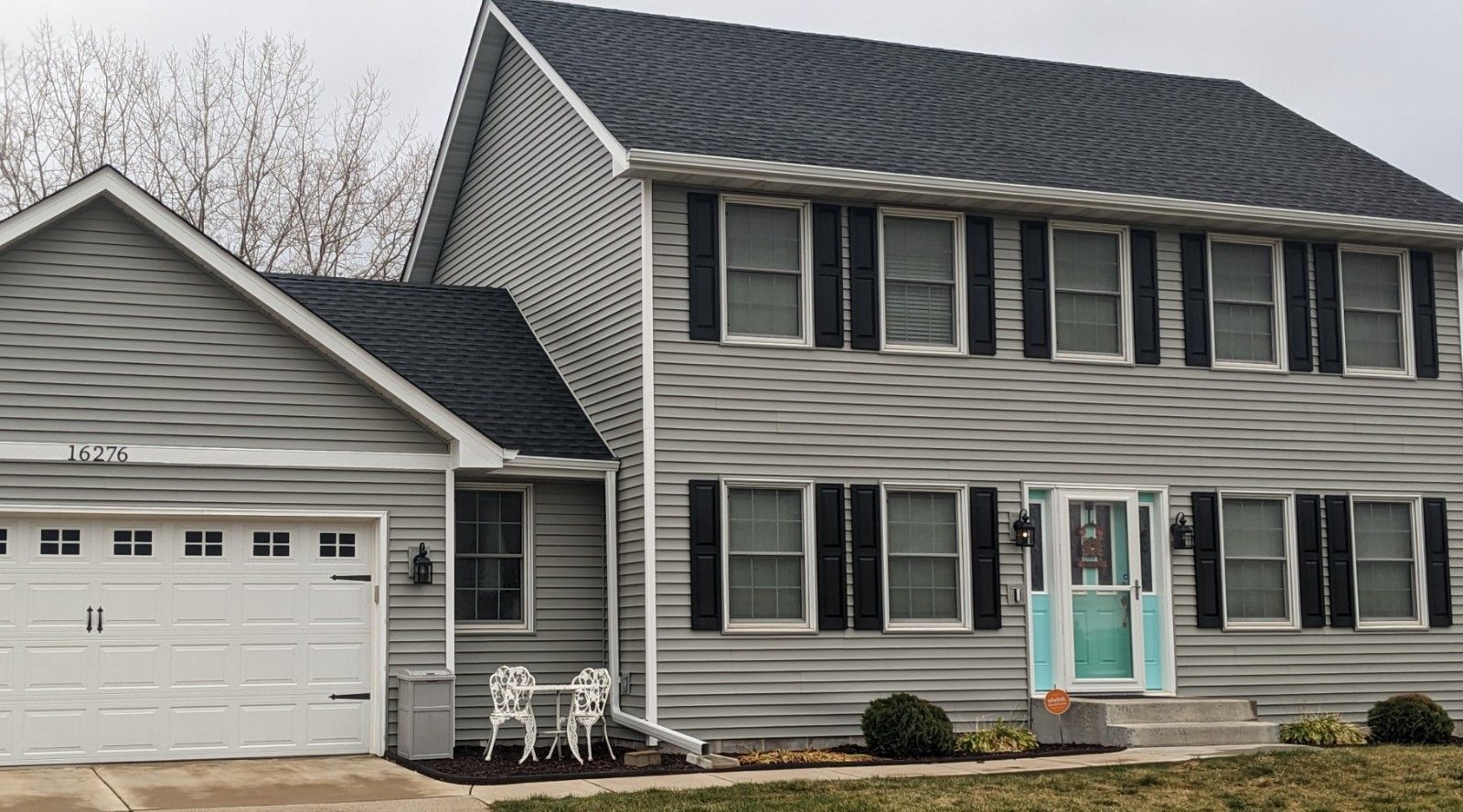
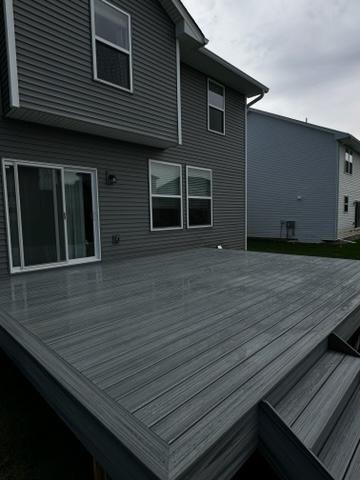
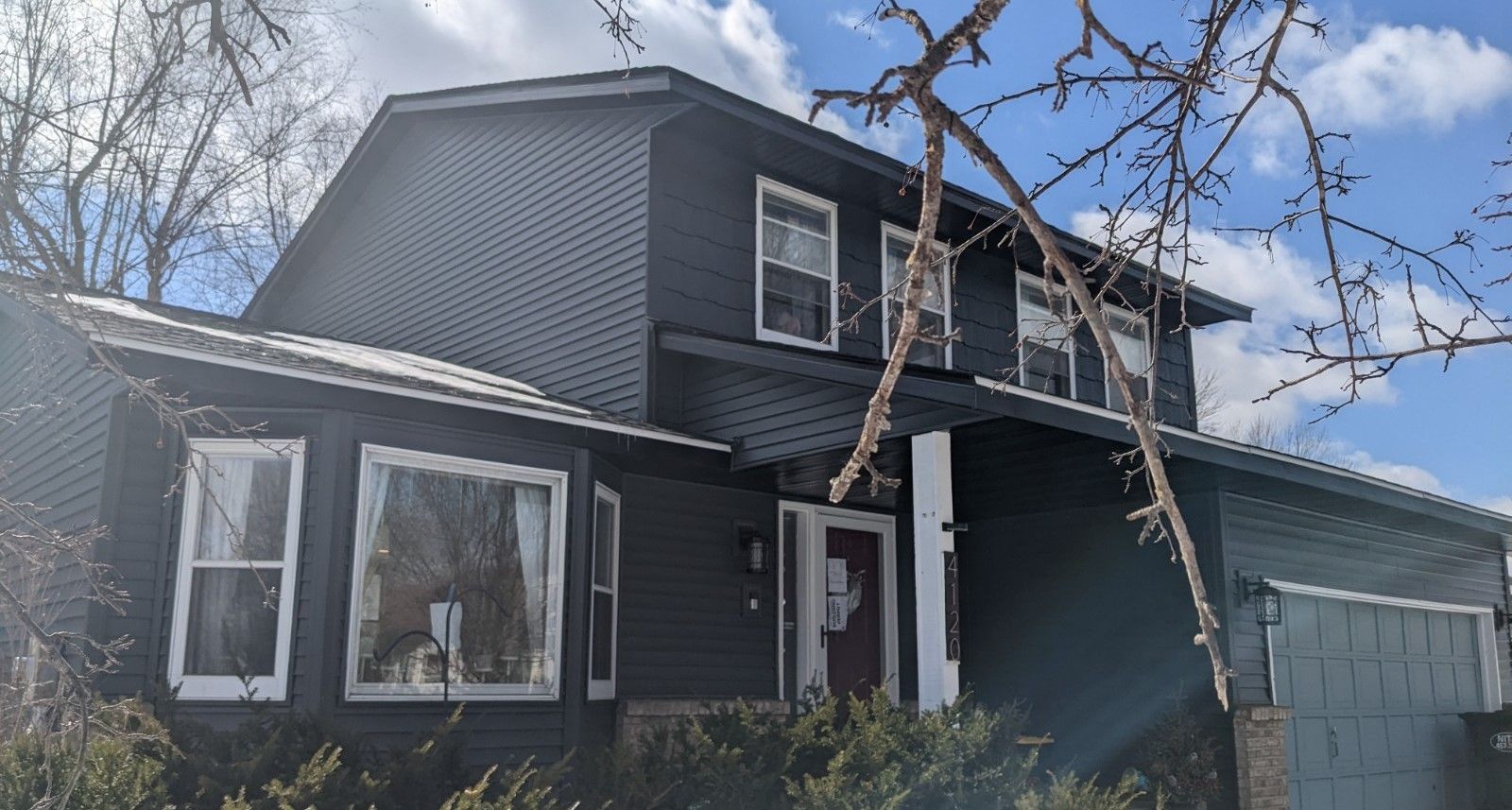
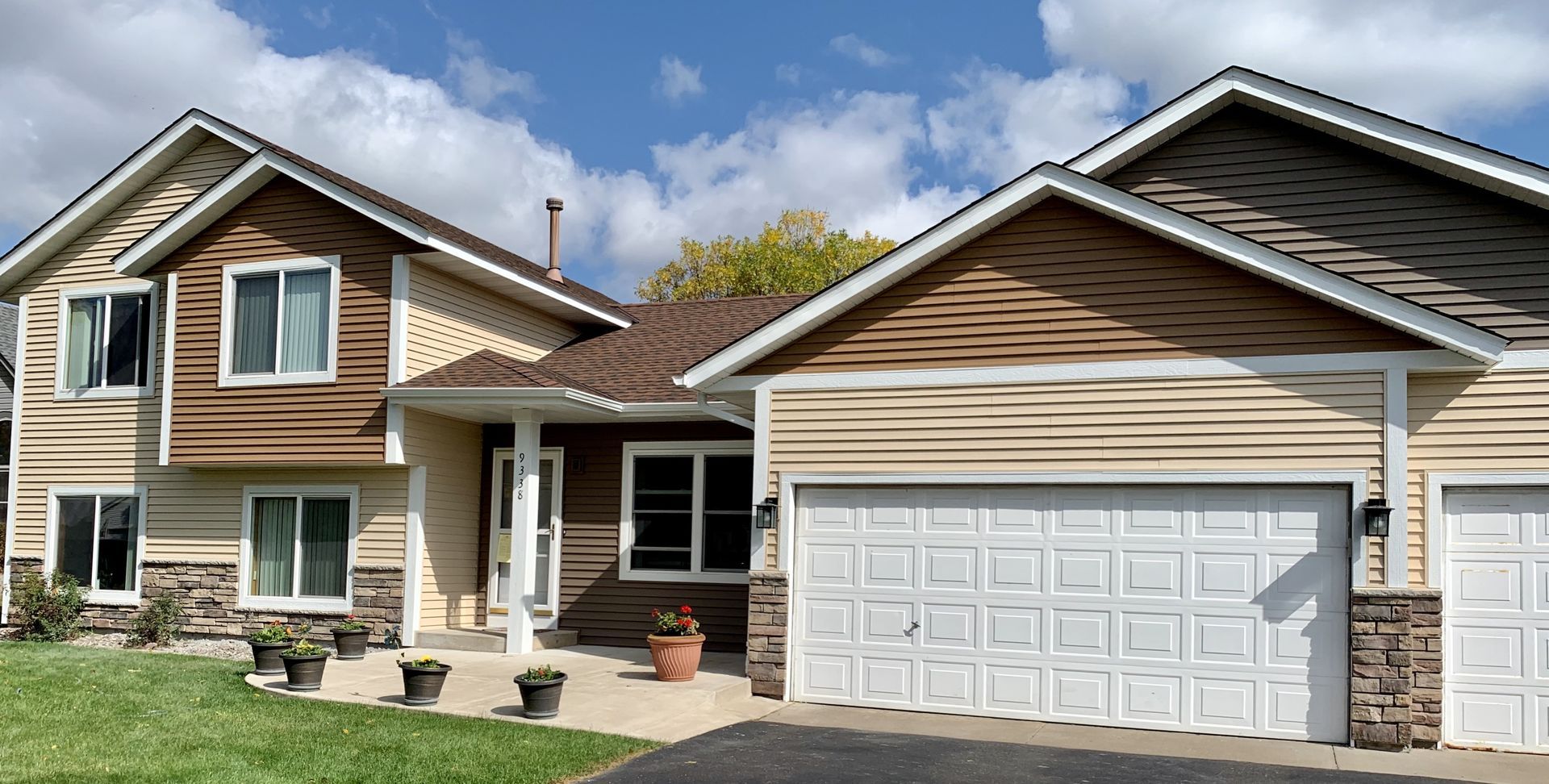
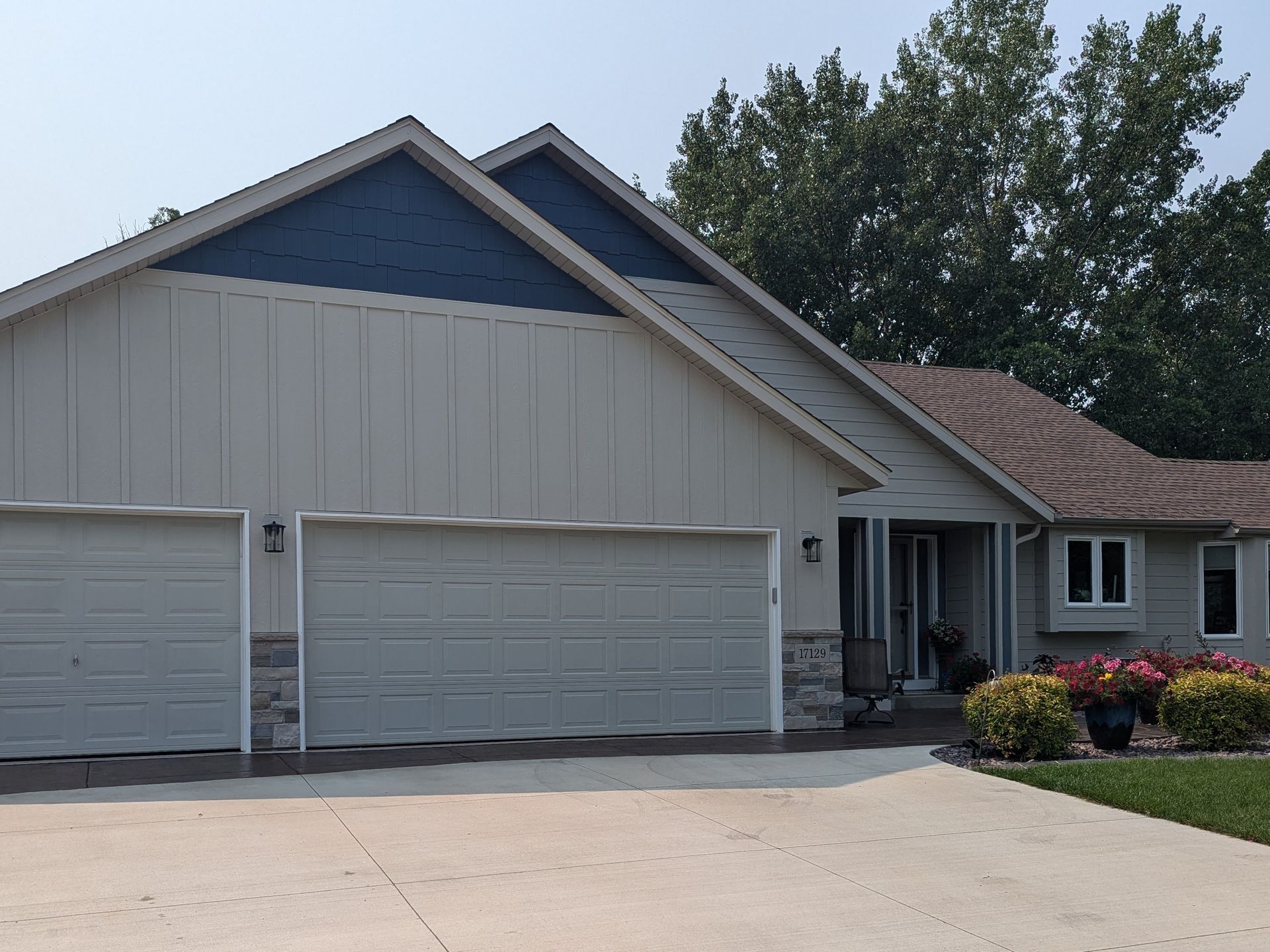
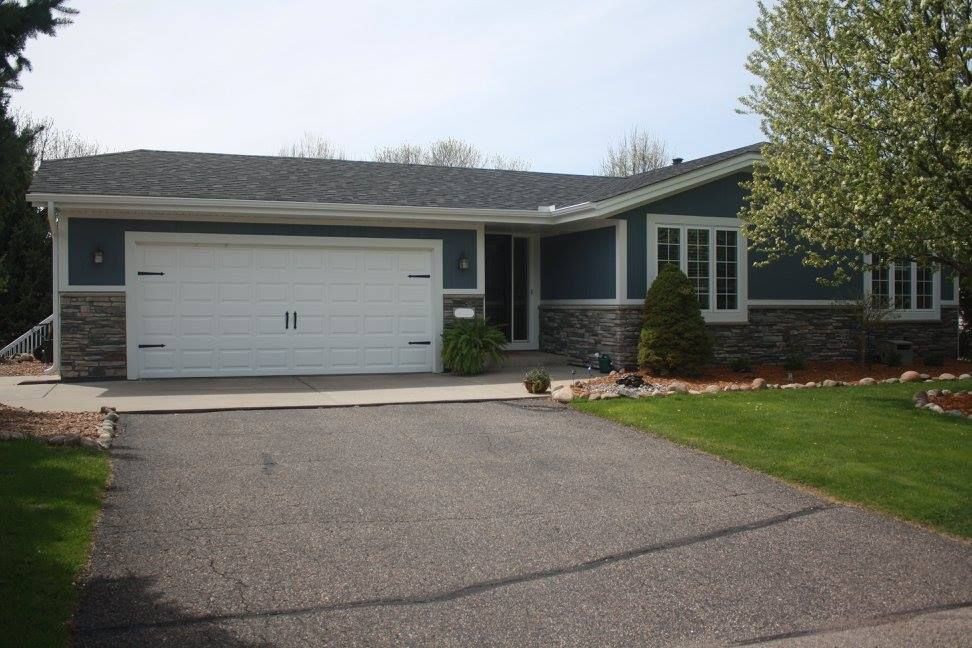
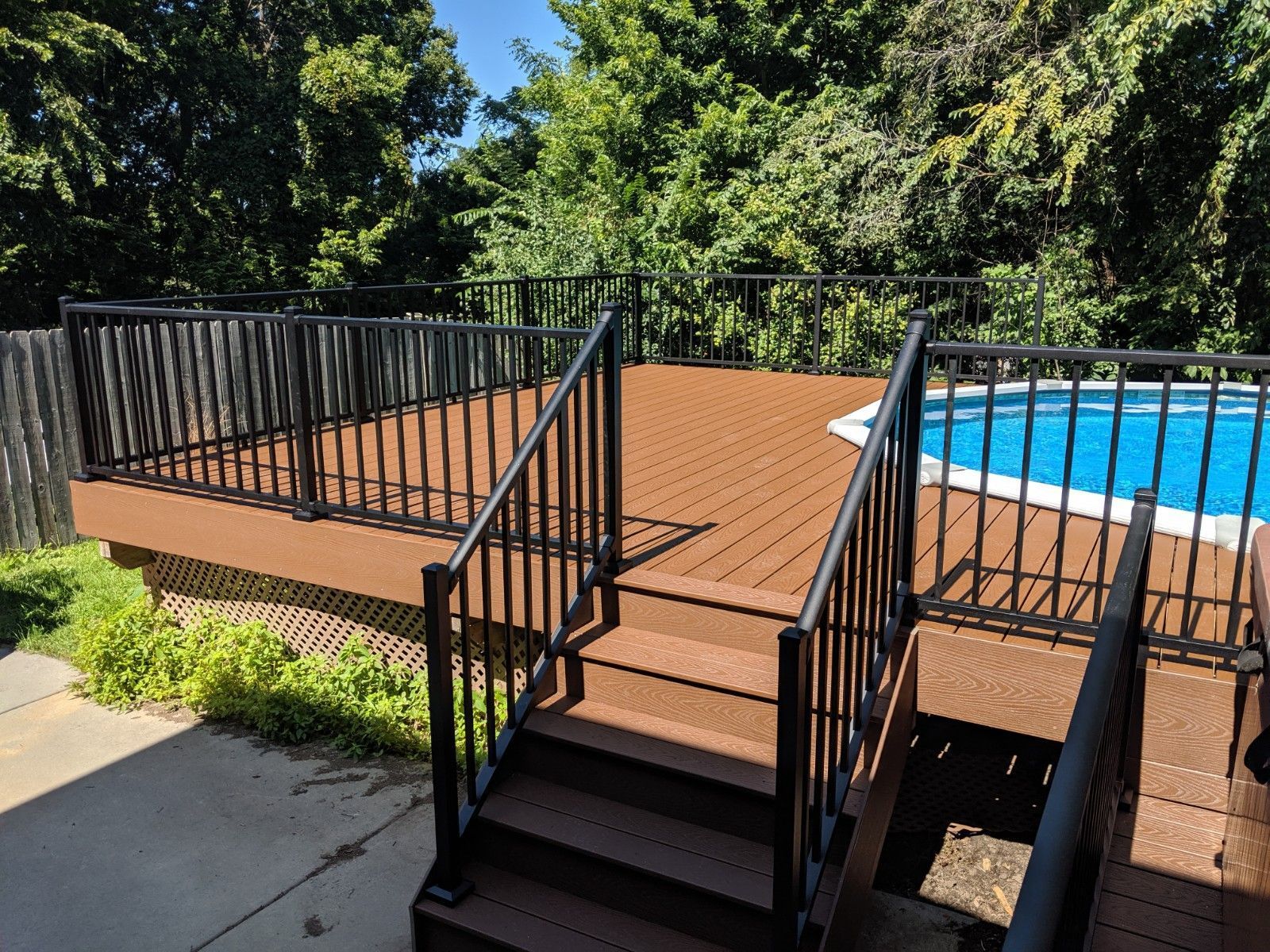
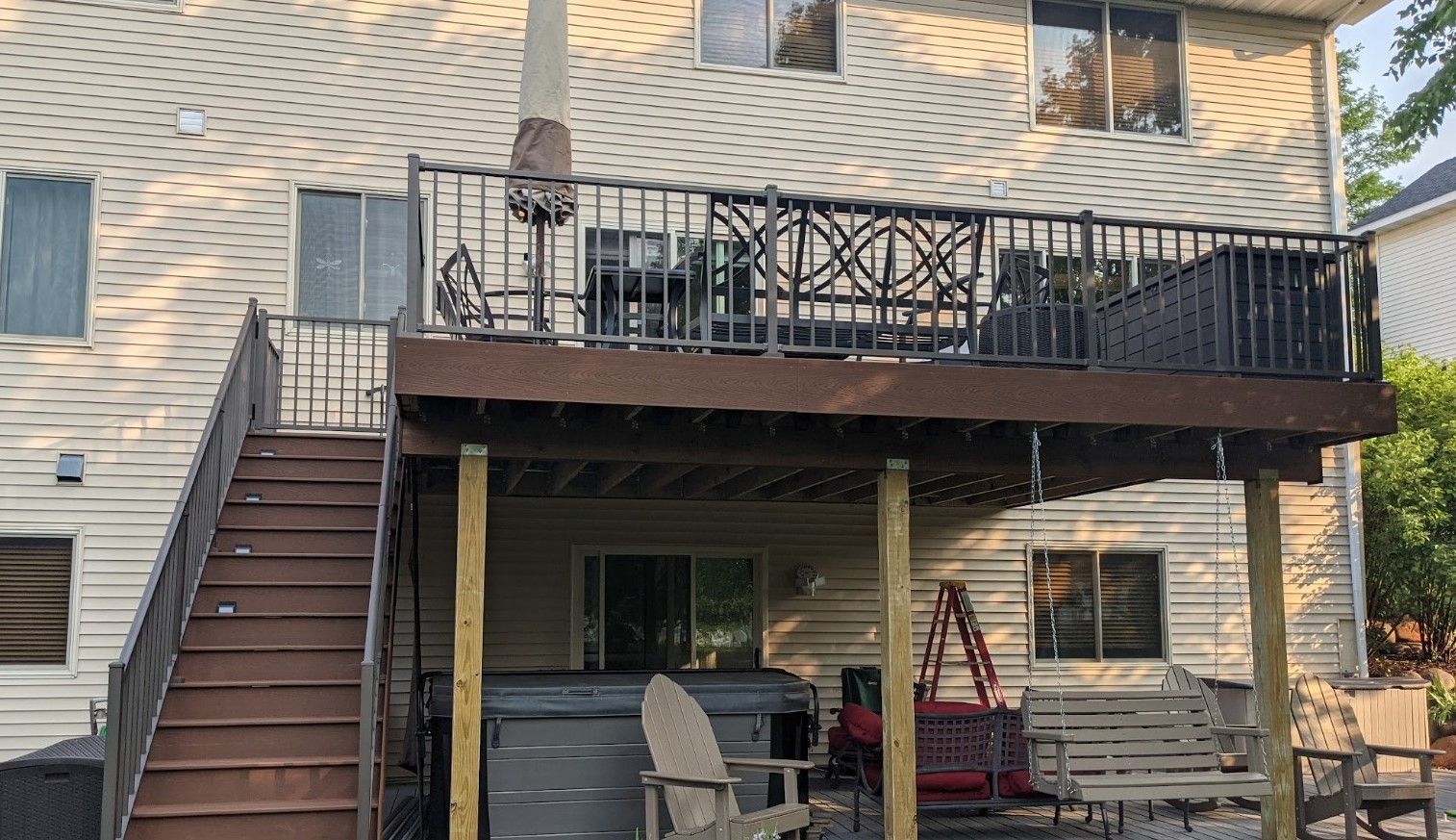
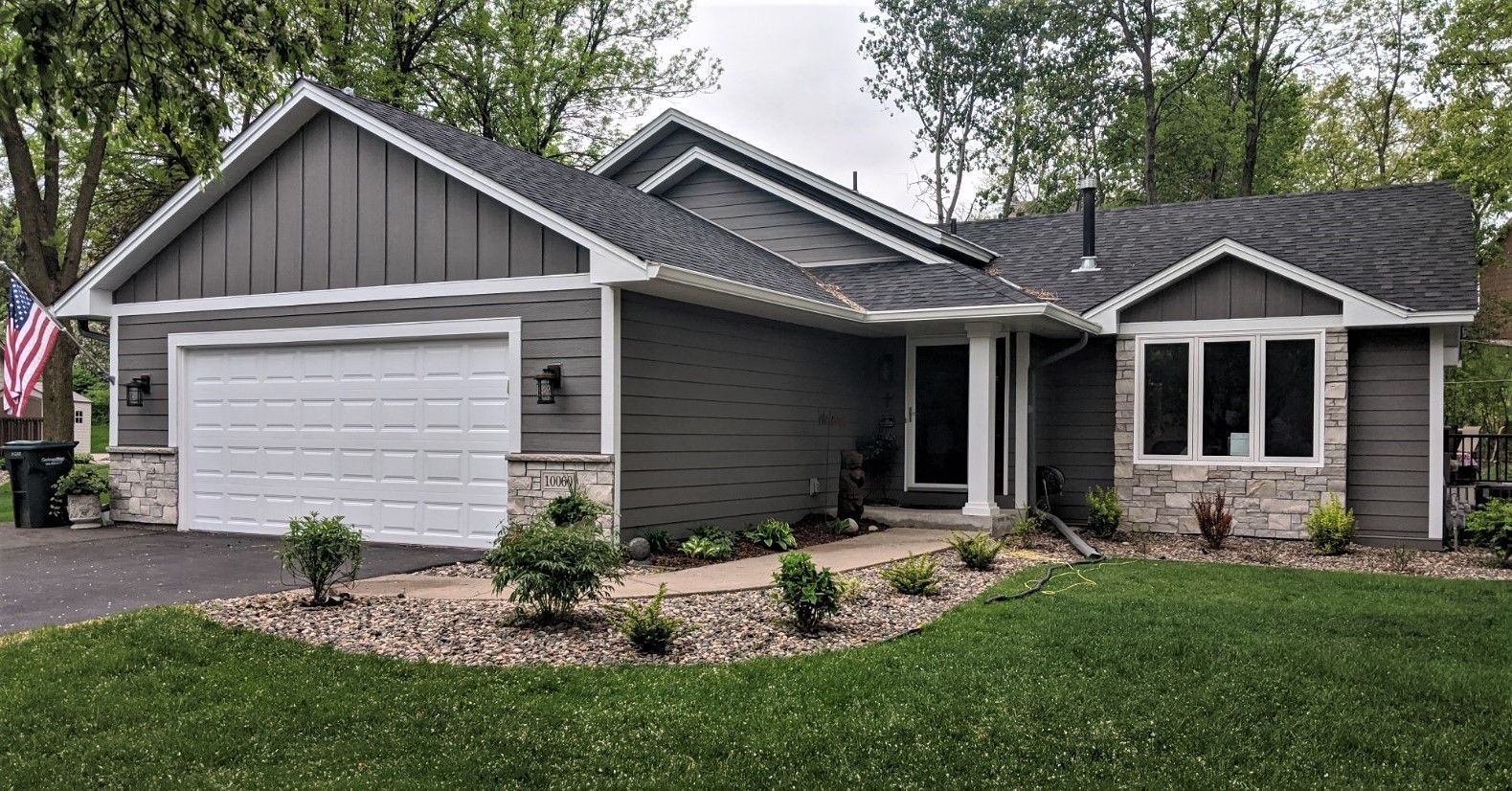
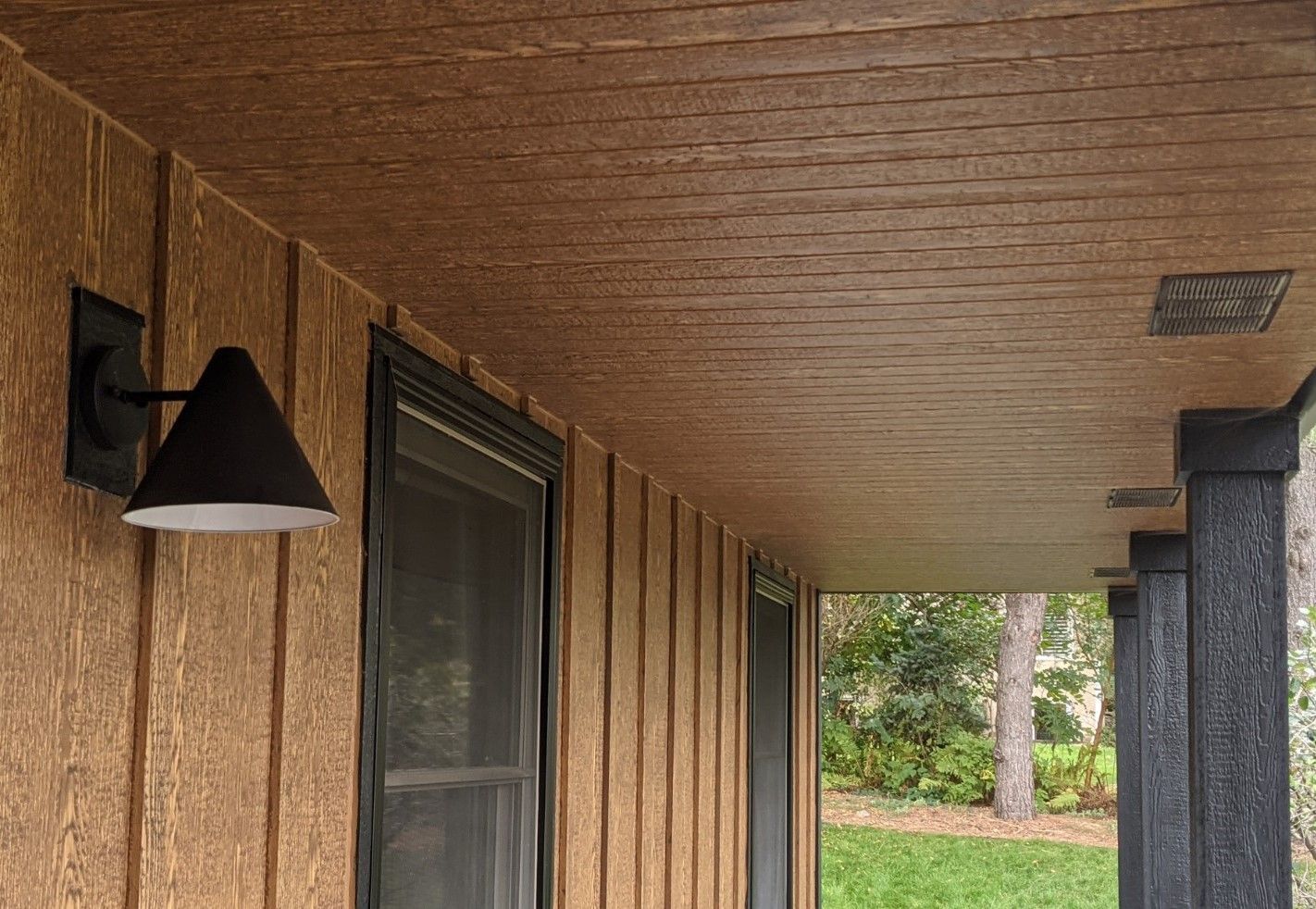
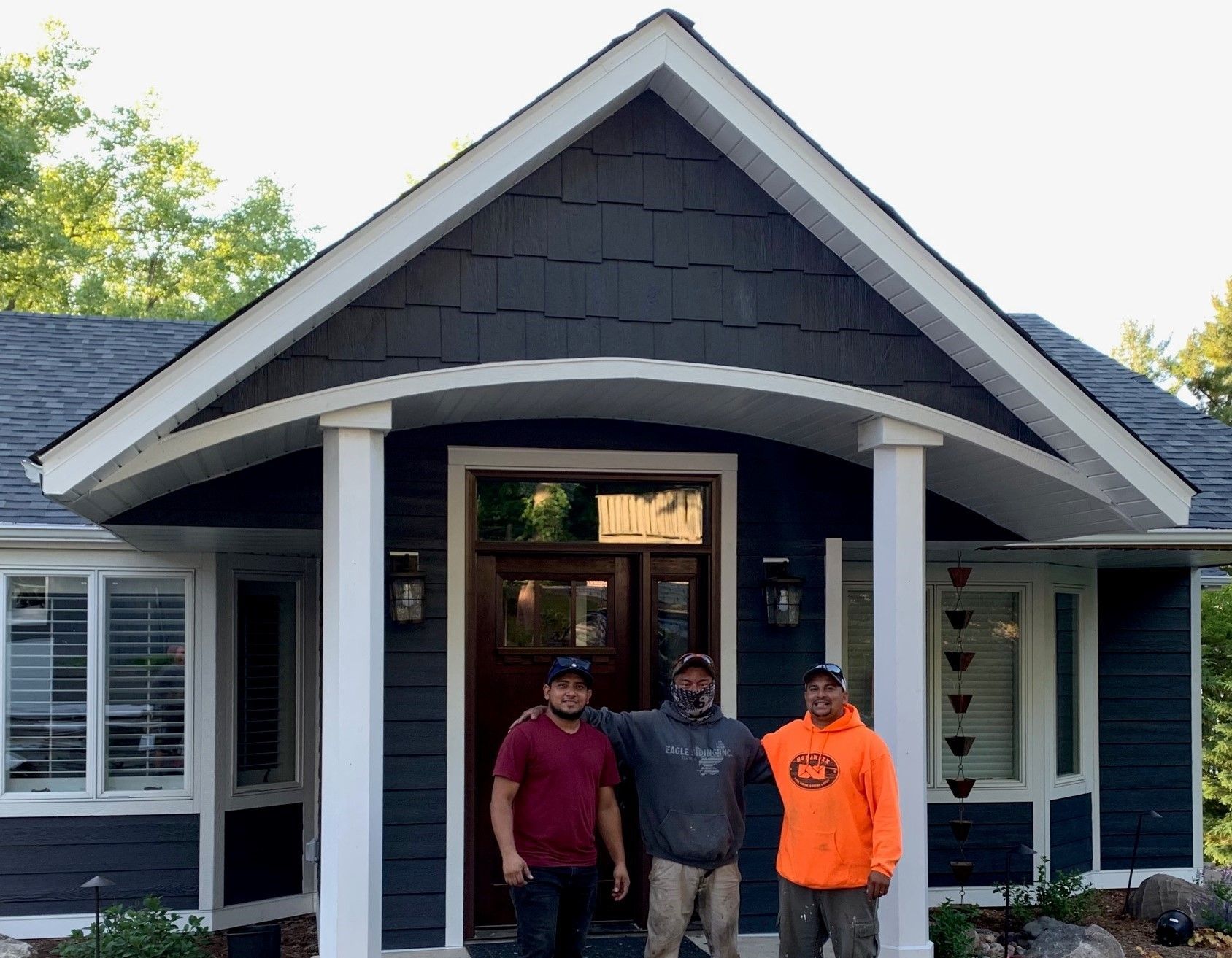

Share On: